10 Ways To Get Your Dog To Start Eating Again

Dogs are full of surprises, especially when it comes to mealtime. They’re eagerly finishing every bite one moment, and the next, they’re turning away without a second glance. If your dog’s sudden loss of appetite concerns you, these ten ways can help them start eating again.
Warm The Food To Enhance Smell And Flavor

Temperature plays a key role in how food smells, and dogs rely heavily on scent when deciding what to eat. Warming wet food slightly or adding warm water to kibble releases aromatic compounds that make meals more appealing. When a dog refuses cold food, serving it at room temperature can help increase interest.
Create A Calm And Stress-Free Eating Environment

A stressful environment can discourage eating. Unfamiliar guests or even a new pet in the household may cause anxiety and lead them to avoid meals. Choose a quiet feeding spot away from household commotion and maintain a regular feeding routine. Stability helps dogs feel safe enough to eat.
Add A Nutritious And Tasty Food Topper
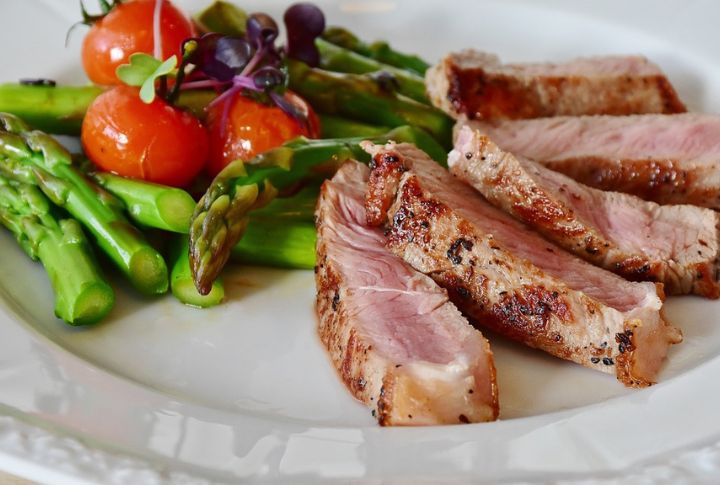
Adding low-sodium bone broth or shredded chicken to their food can make it more enticing while providing extra nutrition. If your dog is uninterested in dry kibble, mix in a spoonful of canned food or a lightly scrambled egg to encourage eating. Dogs enjoy variety just as much as humans do.
Use Food Puzzle Toys To Make Eating More Engaging
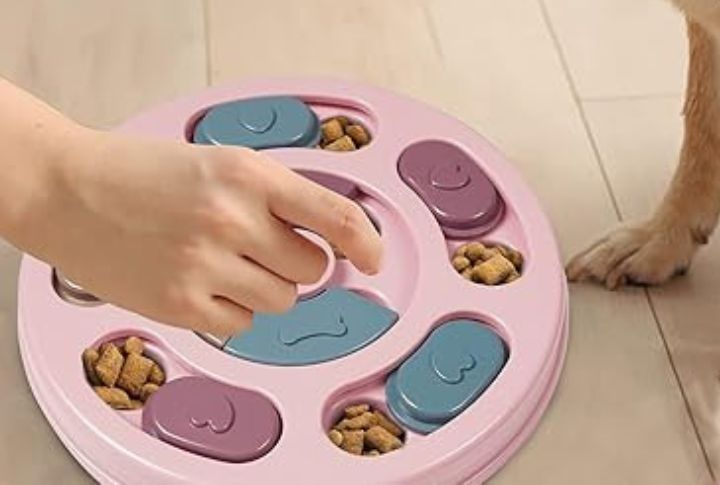
Boredom can play a role in food refusal. Dogs naturally enjoy foraging, and food puzzle toys tap into that instinct. Using a slow feeder or treat-dispensing toy turns mealtime into a fun challenge, making food more rewarding. This method works well for intelligent, high-energy breeds that need mental stimulation.
Offer Smaller Meals More Frequently
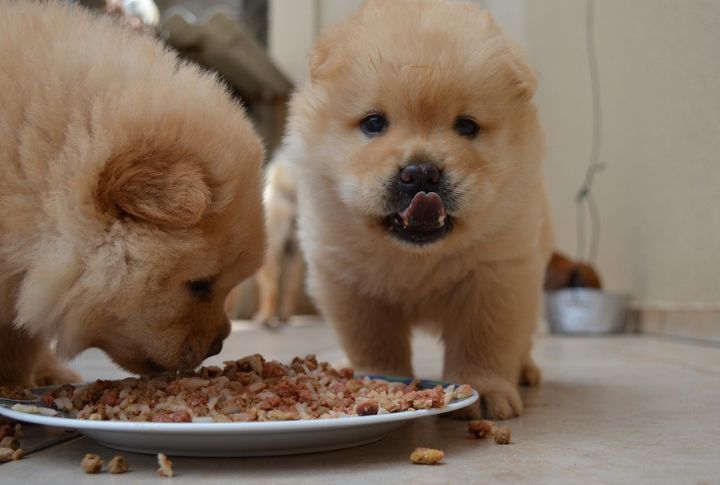
A dog that refuses a full meal might still eat smaller portions throughout the day. Breaking meals into three smaller servings can encourage steady eating, especially for senior dogs or those recovering from illness. As their appetite improves, gradually increase portion sizes to restore everyday feeding habits.
Encourage Exercise Before Mealtime
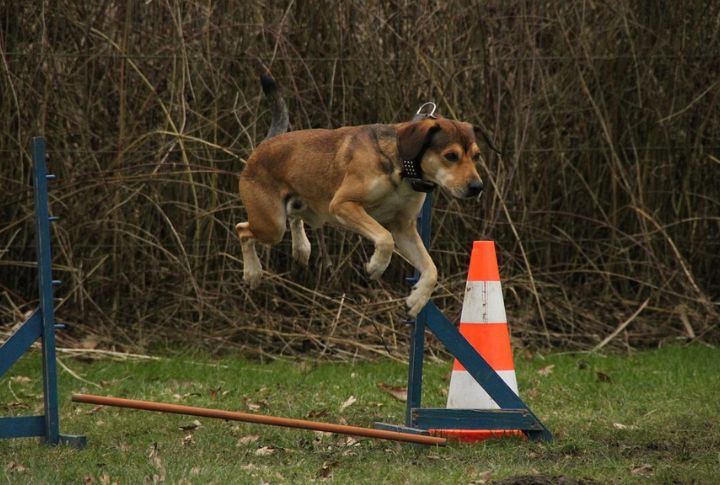
Physical activity naturally stimulates hunger, and dogs that rest most of the day may not feel the need to eat as often. A 10–15 minute walk or play session before mealtime can help spark appetite. Games like fetch or tug-of-war also boost digestion and metabolism, making food more enticing.
Reduce Treats And Human Food Between Meals
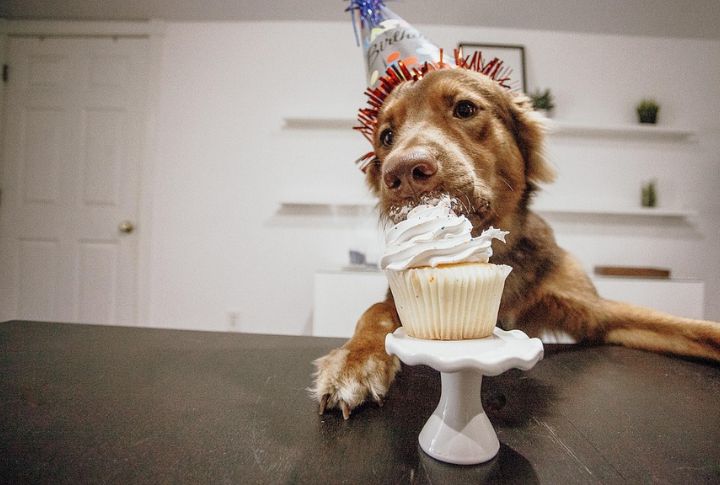
Dogs quickly learn that skipping meals might lead to something tastier later. Too many treats or table scraps can reduce their appetite for regular food. Stick to a structured feeding schedule instead. If your dog refuses meals in anticipation of table scraps, eliminate them to reinforce healthy eating habits.
Switch To A Different Type Of Dog Food
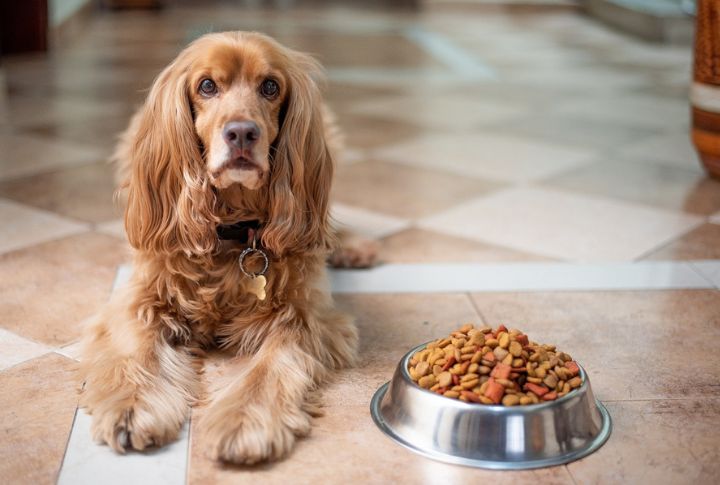
If your dog suddenly loses interest in meals, it could be due to an underlying sensitivity or an aversion to certain ingredients. Some dogs develop intolerances over time, making their usual food less appealing. Experimenting with a novel protein or grain-free formula may help rekindle their appetite while improving digestion.
Try Hand Feeding To Build Positive Associations
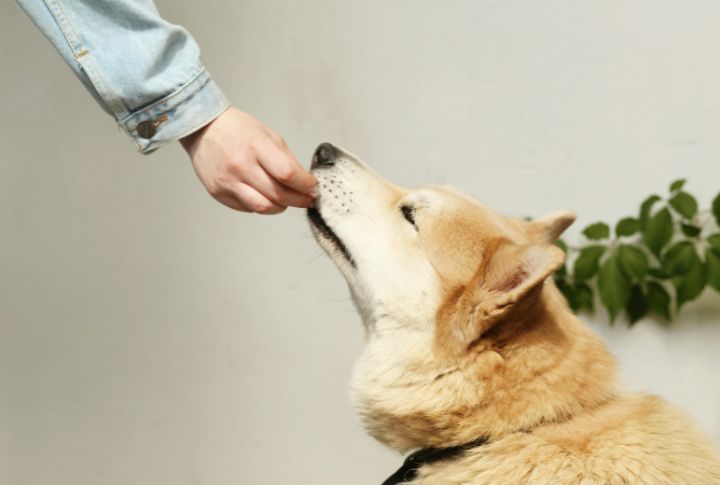
Some dogs, especially those recovering from illness, may associate food with discomfort, which makes them hesitant to eat. Start with a spoonful of wet food from your palm, then start transitioning back to their bowl at a slow pace. This approach is efficient for anxious or recently rescued dogs.
Seek Veterinary Advice If The Problem Persists
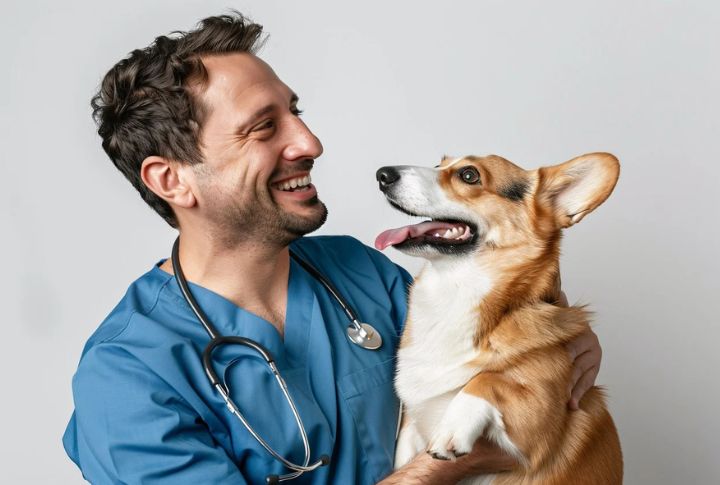
A dog that refuses to eat for more than 24–48 hours may have an underlying health condition. Dental pain, digestive issues, infections, or metabolic disorders can suppress appetite. When they start showing other signs like vomiting and weight loss, consult a veterinarian immediately to prevent serious complications.





